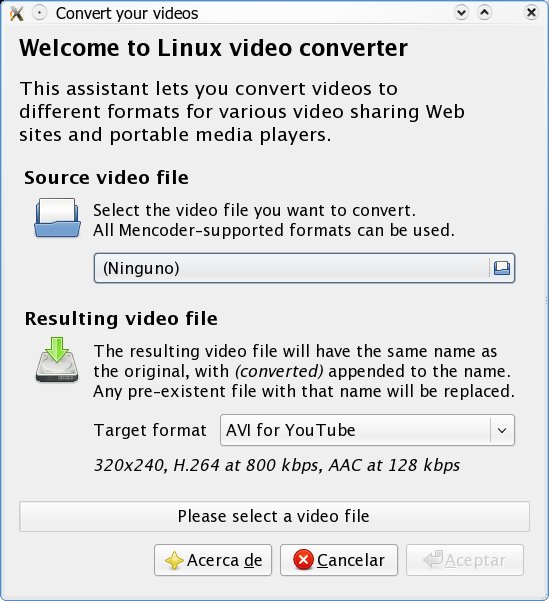
Now if you have a query then write us in the comments below. In this article, you have learned what is Unix epoch time, conversion of epoch time to human readable date formats, and vice versa. Please note that you have to enter the date in MM/DD/YYYY format.įor more information, you can check the man page of the date command in your terminal by using – man date Conclusion Convert a tuple or structtime representing a time as returned by gmtime() or localtime() to a string of the following form: Sun Jun 20 23:21:05 1993.

This will display the number of seconds elapsed since the Unix epoch. If you want to convert a date to a Unix epoch timestamp then use the given command in your terminal. You can convert the Unix timestamp or second elapsed since the epoch to a human-readable date format by using the options -ud with the date command. This will display the number of seconds, you can see this in the image below. Epoch, also known as Unix timestamps, is the number of seconds (not milliseconds) that have elapsed since 00:00:00 GMT. To show the number of seconds from the epoch to now, use the %s format control – date +%s Back to the homepage (Epoch & Unix Time converter) This clock is based on the time settings of your computer. Ive tried date utils and Ive also tried the following, Dim xxx As. My system is configured in UTC+2, you can get another output for the same command.As discussed earlier the epoch or Unix timestamps is the number of seconds that have passed since, at 00:00:00 UTC. Linux Time Stamp Hello all, I have no idea why I typed Unix in the title, sorry. On systems where the representation of Unix time is as a signed 32-bit number, the representation will end after 2 31 - 1 seconds which will happen at 3:14:08 on 19 January 2038 UTC. Please note that the printed time is formatted in the timezone in which your Linux system is configured. The same thing can also be achieved using a bit of perl programming: :~$ date "+%s" -d " 08:41:15"Ĭonverting UNIX epoch time to human readable timeĮven though I didn't find it in the date manual, it is possible to use the date command to reformat a UNIX epoch time into a human readable time.

#Linux time converter how to#
The next example shows how to convert the timestamp "February 20th, 2013 at 08:41:15" into UNIX epoch time. Use the following functions to convert between time representations: Functions time.asctime(t) Convert a tuple or structtime representing a time as returned by gmtime () or localtime () to a string of the following form: 'Sun Jun 20 23:21:05 1993'. To convert a specific date and time into UNIX epoch time, use the -d parameter. The format string for UNIX epoch time is '%s'. You can do this by passing a format string as parameter to the date command. This site provides the current time in milliseconds elapsed since the UNIX epoch (Jan 1, 1970) as well as in other common formats including local / UTC time comparisons.

Use the build-in date command and instruct it to output the number of seconds since 00:00:00 UTC. Obtaining the UNIX epoch time using bash is easy. Online Conversion - Unix time conversion Welcome to Unix Time Conversion Convert Unix timestamp to Readable Date/time (based on seconds since standard epoch of ) BookMark Us It may come in handy. It also shows how you can convert a UNIX epoch time to a human readable time. Epoch Timestamp - Converter Convert epoch timestamp to human readable format Epoch timestamp Milliseconds Input:1683502932019 Local:Sunday, 16:42:12.019 -07:00 GMT:Sunday, 23:42:12.

This article show how you can obtain the UNIX epoch time (number of seconds since 00:00:00 UTC) using the Linux bash "date" command.


 0 kommentar(er)
0 kommentar(er)
